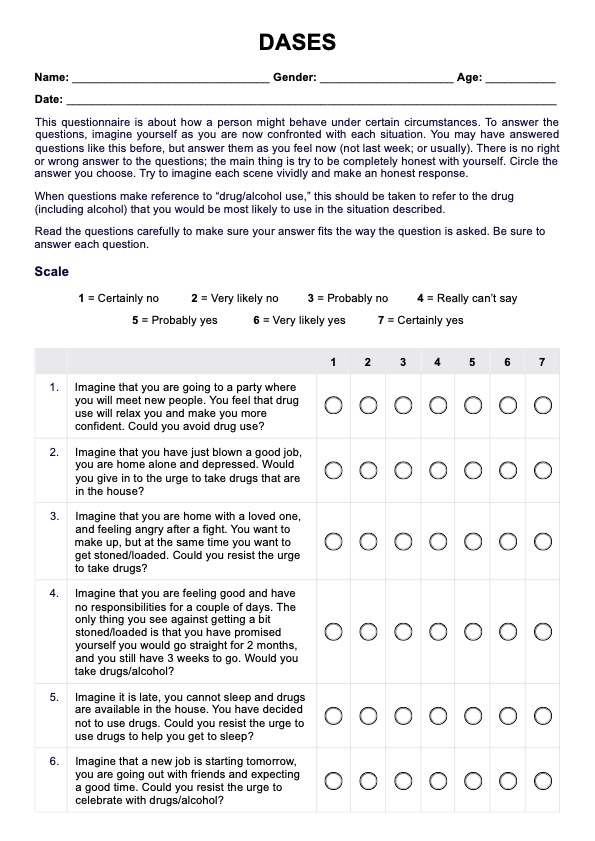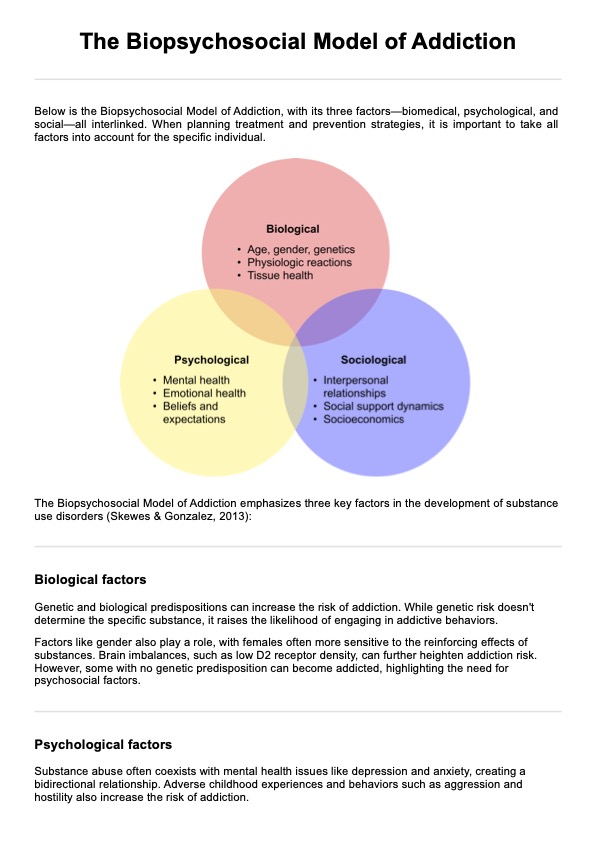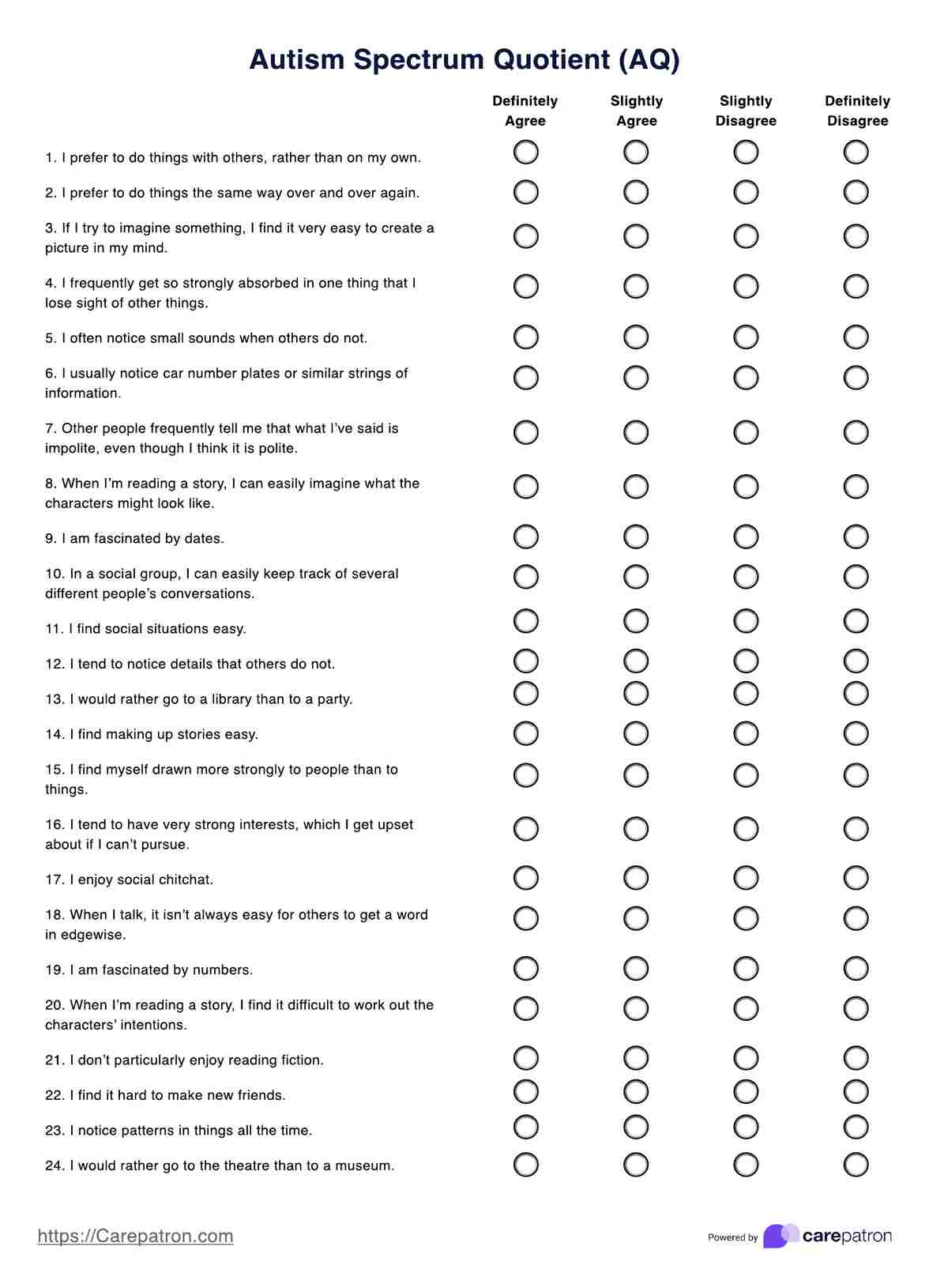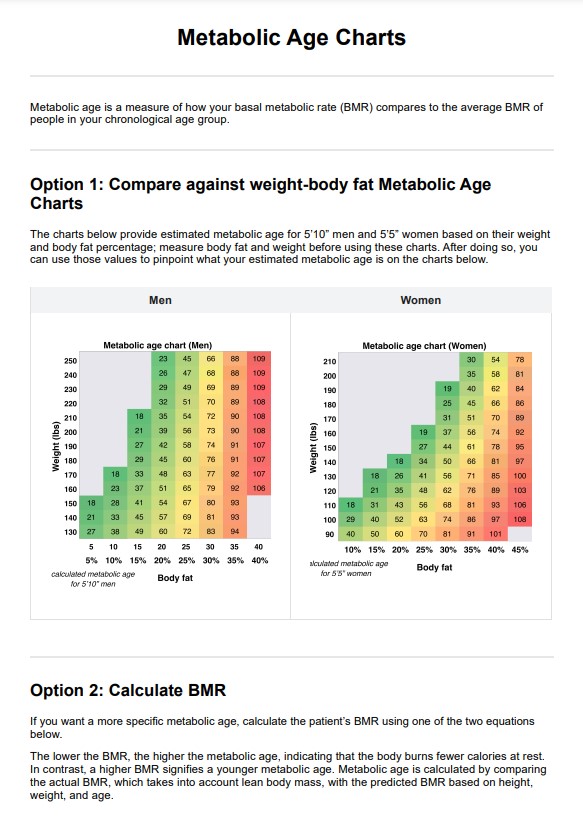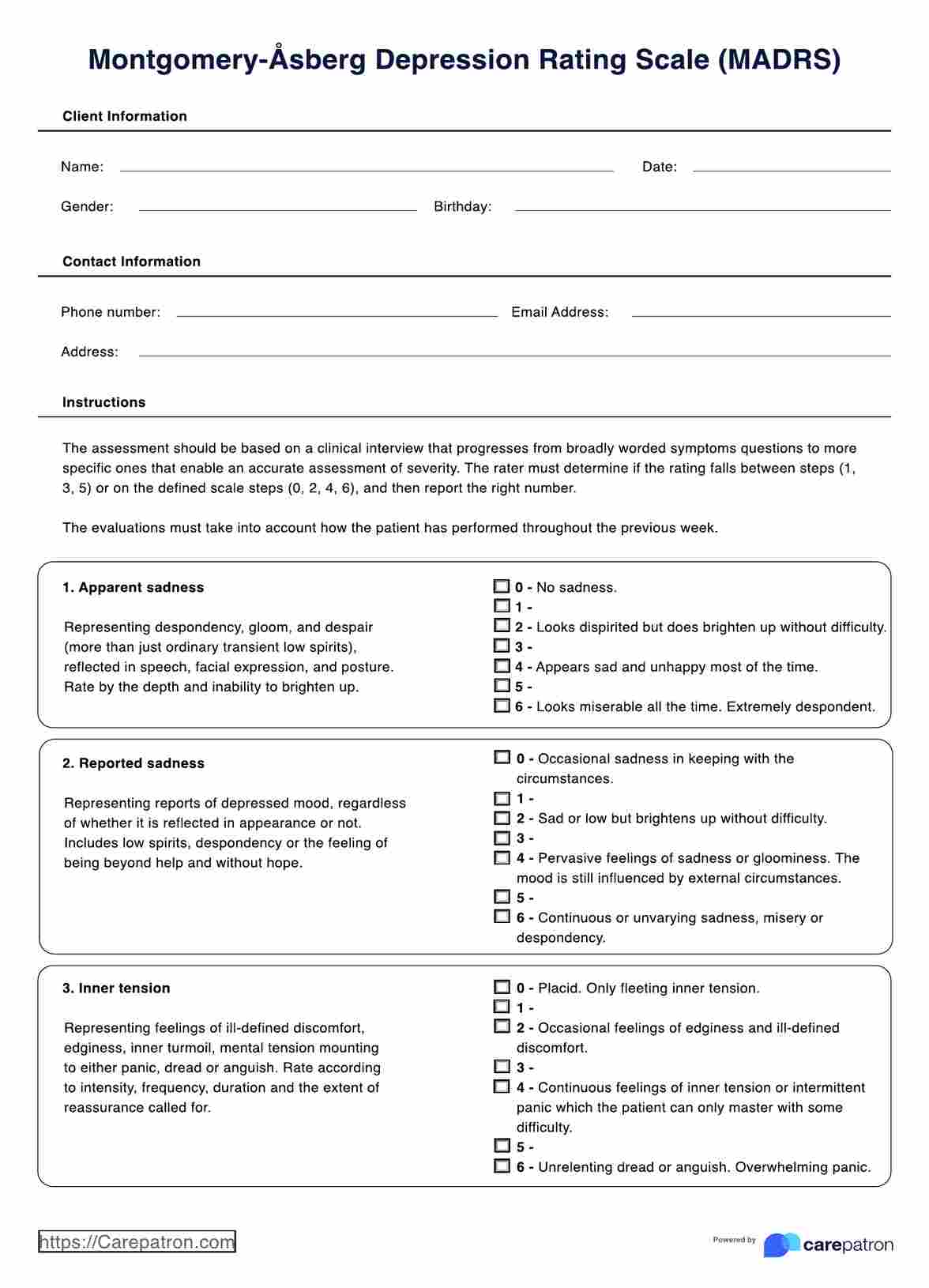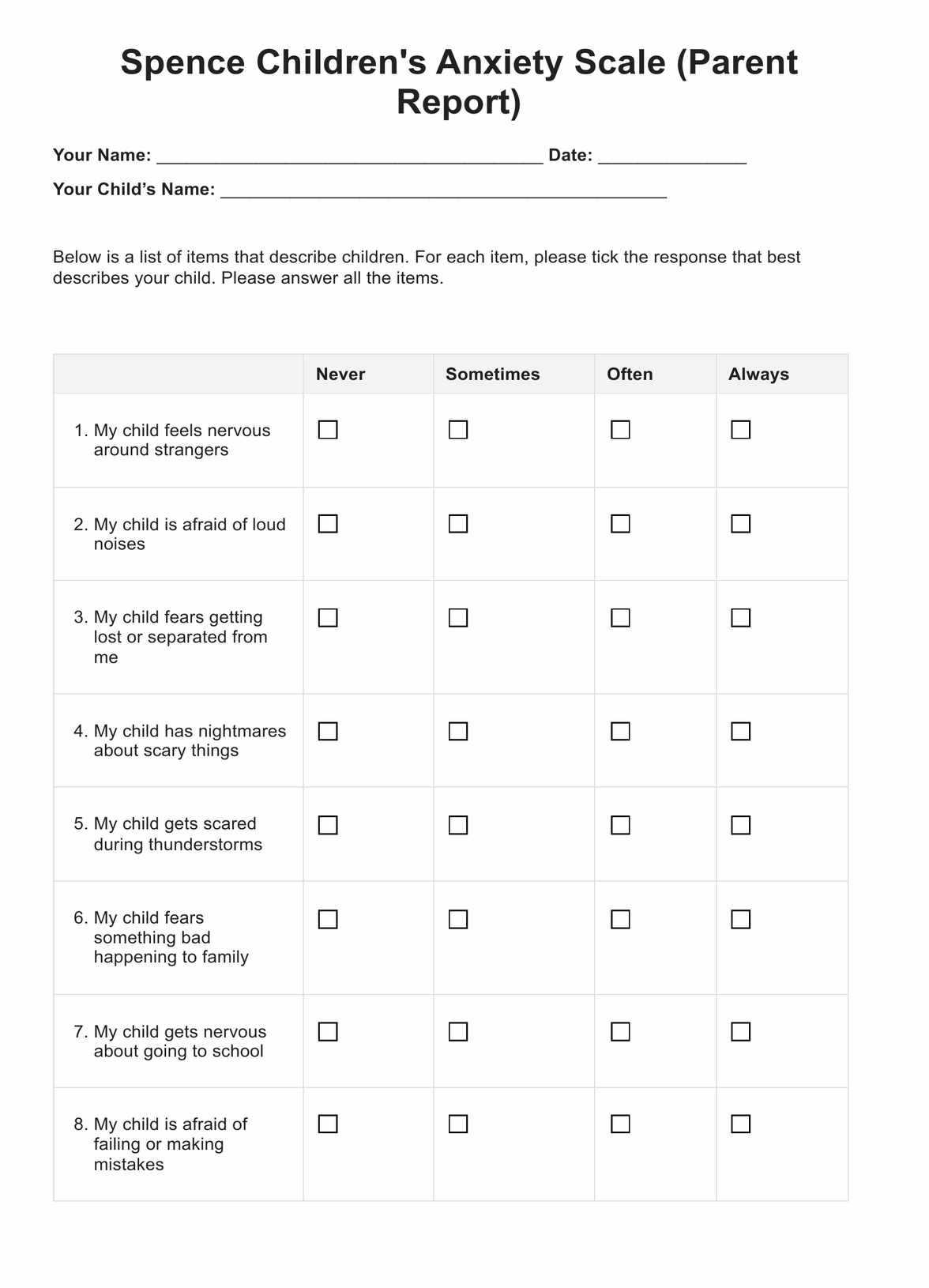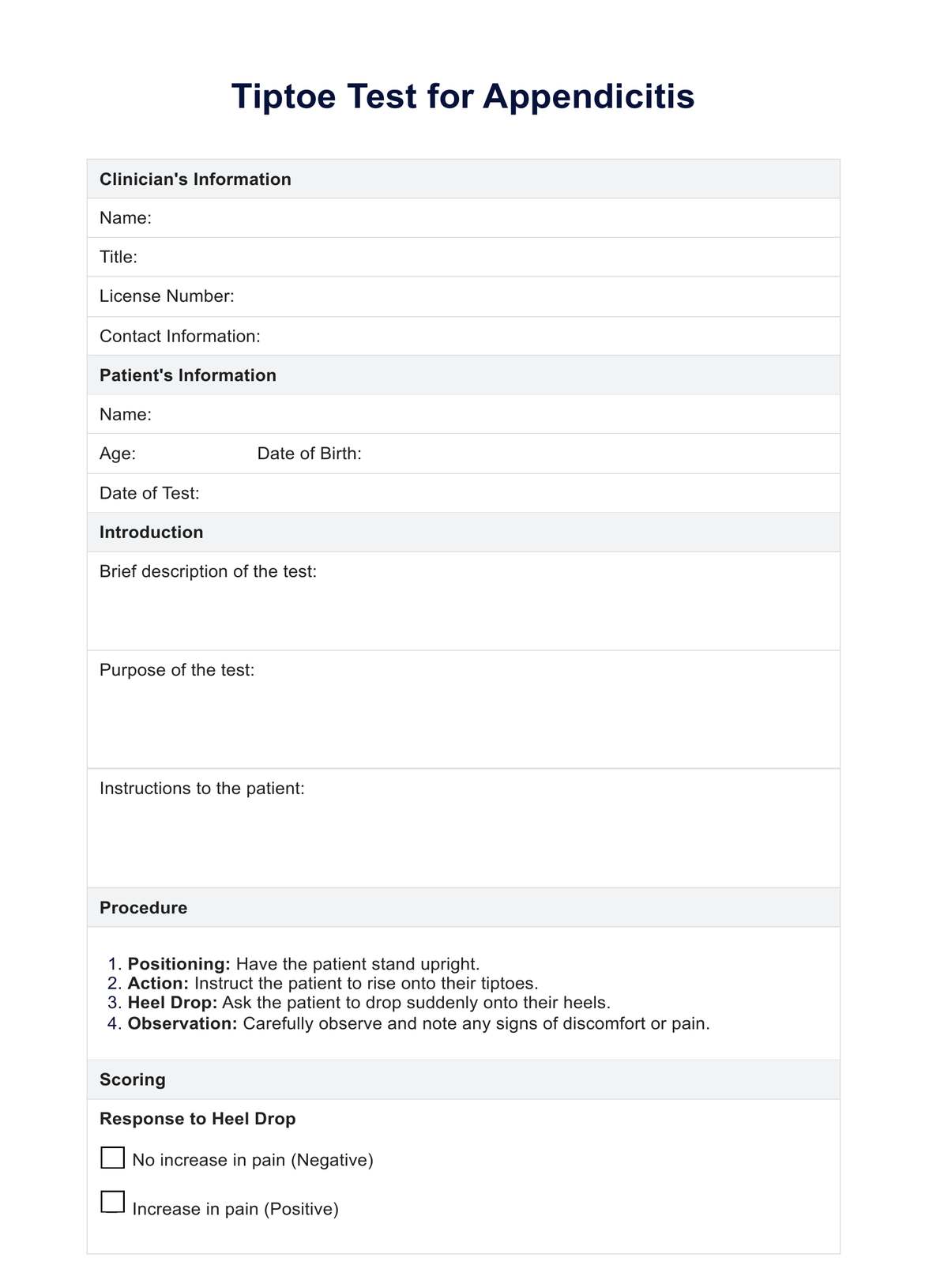End-of-Shift Report
Optimize healthcare efficiency with our End-of-Shift Report, ensuring comprehensive updates for seamless patient care transitions.


What is an End-of-Shift Report Template?
The end-of-shift report form is a vital tool designed to streamline communication among healthcare practitioners working a shift schedule and ensure a smooth transition of patient care from one shift to the next. Daily shift reports serve as a structured guide, capturing essential information clearly and concisely.
Think of it as a collaborative roadmap for healthcare teams, facilitating a seamless exchange of critical patient data, treatment updates, pending tasks, tasks completed, and any noteworthy incidents during a shift that other shift workers might need to know about. By providing a standardized format, this daily shift report template minimizes the risk of crucial details being overlooked or miscommunicated, ultimately enhancing patient outcomes. Shift report examples you'll see online have a set structure to make them easy to use.
If you are a bedside nurse or caregiver, you may use a Bedside Shift Report Template instead of this end-of-shift report. These resources are similarly intended to be used at the end of a shift and to report incidents, challenges, and feedback to other shift workers.
Please note that end-of-shift reports differ from bedside shift reports. This is also meant to be used during the end of a shift, but this is specifically for bedside nurses or caregivers. The end-of-shift report in this guide is for nurses and caregivers in general and is used to report specific incidents, challenges, and feedback to be used by other shift workers.
End-of-Shift Report Template
End-of-Shift Report Example
How does it work?
If you're looking for shift report templates, look no further! Our printable End-of-Shift Report Template simplifies summarizing a physician's shift, ensuring a systematic approach to documenting patient care, critical incidents, and collaborative insights. Here is a step-by-step guide on how to effectively use and fill out the template:
Step 1: Access the template
Begin by accessing the printable End-of-Shift Report Template, either in a digital format or as a hard copy. Carepatron provides a user-friendly platform for easy template retrieval.
Step 2: Patient overview
Initiate the report by providing concise details on each patient seen during the shift. Include demographics, chief complaints, and noteworthy changes in their condition. This section gives a comprehensive overview of patient care.
Step 3: Medication administration and diagnostic tests
Document medications administered, specifying dosage, route, and any patient reactions. Likewise, it details the status and results of diagnostic tests, emphasizing urgent findings or changes in diagnosis. These sections ensure a thorough record of treatment interventions.
Step 4: Procedures performed
List and describe any medical procedures conducted during the shift. This will enhance the understanding of patient care and contribute to continuous improvement in procedural efficiency.
Step 5: Critical incidents and challenges
Detail any critical incidents encountered, such as emergencies or complications, and outline the actions taken. Address challenges faced during the shift and propose innovative solutions for future reference.
Step 6: Feedback and recommendations
Acknowledge positive teamwork experiences and address any communication issues. Provide recommendations for the next shift, suggesting workflow, patient care improvements, or adjustments for increased efficiency.
Step 7: Personal reflection and signature
Conclude the report with a personal reflection on the shift, highlighting lessons learned and opportunities for growth. Affirm completion with a signature, affirming readiness for the upcoming shift.
By following these steps, healthcare practitioners can seamlessly utilize the printable End-of-Shift Report Template, fostering a culture of continuous improvement and collaboration within the healthcare setting.
When would you use this template?
Using shift report forms can be helpful in the following situations:
Transition between shifts
This template is a valuable tool during the transition from one shift to the next. Physicians can use it to summarize patient care activities, ensuring a seamless handover to incoming colleagues. The concise format allows for quick assimilation of critical information, reducing the risk of oversights.
Collaborative communication
Healthcare is a collaborative effort, and this template is instrumental in fostering effective communication among team members. By documenting critical incidents, challenges, and collaborative insights, practitioners contribute to a shared knowledge base, enhancing team efficiency and effectiveness.
Continuous improvement
The template plays a pivotal role in promoting a culture of continuous improvement. By reflecting on challenges faced and offering recommendations for the next shift, practitioners actively contribute to refining workflows, addressing communication gaps, and optimizing patient care processes.
Incident documentation
The template serves as a detailed incident report in critical incidents or emergencies. This documentation is crucial for immediate follow-up and future reference, aiding in root cause analysis and preventing similar incidents.
The End-of-Shift Report Template is aptly used whenever a need exists to capture, communicate, and improve the various facets of patient care within a healthcare setting. Its adaptability makes it a versatile and essential resource for healthcare practitioners committed to delivering optimal care and promoting a collaborative and learning-oriented environment.
What does the information in each section mean?
The following also provides a deep dive into the information that you and your colleagues can gather from this template:
Patient overview
The patient overview section outlines the demographic and clinical details of individuals seen during the shift. Standard information written on it includes concise summaries of chief complaints, treatment plans, and any notable changes in patient conditions. These results serve as a quick reference for the incoming shift, enhancing continuity of care.
Medication administration and diagnostic tests
These sections detail medications administered, dosages, and patient reactions. Additionally, diagnostic test outcomes and any necessary adjustments to treatment plans are recorded. This information offers a clear understanding of the effectiveness of interventions, guiding future care decisions.
Critical incidents and challenges
Documentation of critical incidents and challenges during the shift yields insights into the team's response to emergencies or unexpected events. Typical information includes detailed descriptions of actions taken, contributing to a shared knowledge base for improved crisis management in the future.
Feedback and recommendations
The feedback section highlights positive teamwork experiences and identifies areas for improvement. Practitioners share insights into communication effectiveness and suggest recommendations for the next shift, fostering a culture of collaboration and continuous improvement.
Personal reflection
The personal reflection section offers qualitative insights into a practitioner's subjective experience during the shift. These include reflections on lessons learned, challenges, and personal and professional growth opportunities. This introspective element contributes to a holistic understanding of the practitioner's role within the healthcare team.
Commonly asked questions
The primary goal of the end-of-shift report is to facilitate seamless communication and information transfer between healthcare practitioners during shift changes. It ensures that vital patient care details are effectively communicated, promoting continuity of care and patient safety.
The report serves as a comprehensive summary of the shift's events, allowing healthcare practitioners to share critical patient information, document procedures, and address challenges collaboratively. It enhances team communication, minimizes errors, and supports continuous improvement in healthcare delivery.
Yes, the End-of-Shift Report Template is designed to be adaptable to different healthcare settings and practitioner preferences. Practitioners can customize the template to align with specific documentation needs, ensuring relevance to their unique workflow.


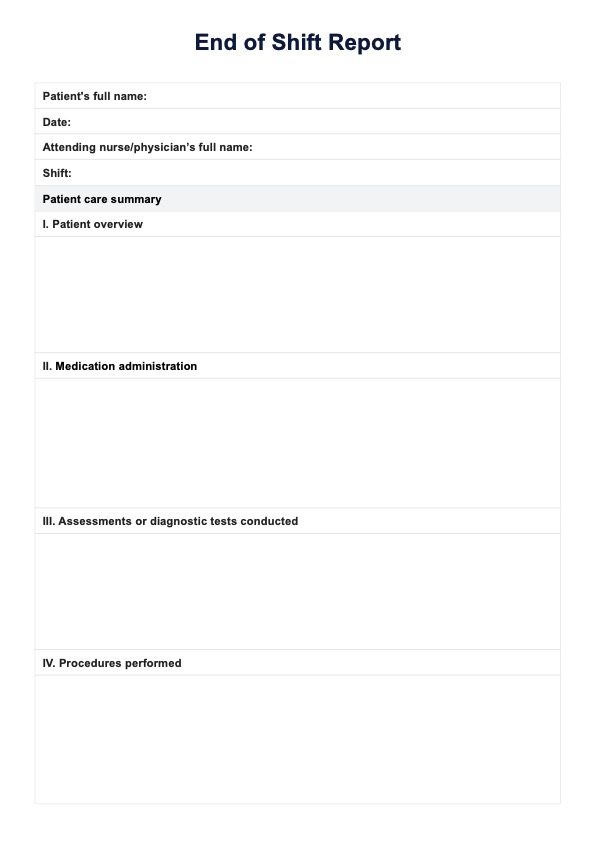
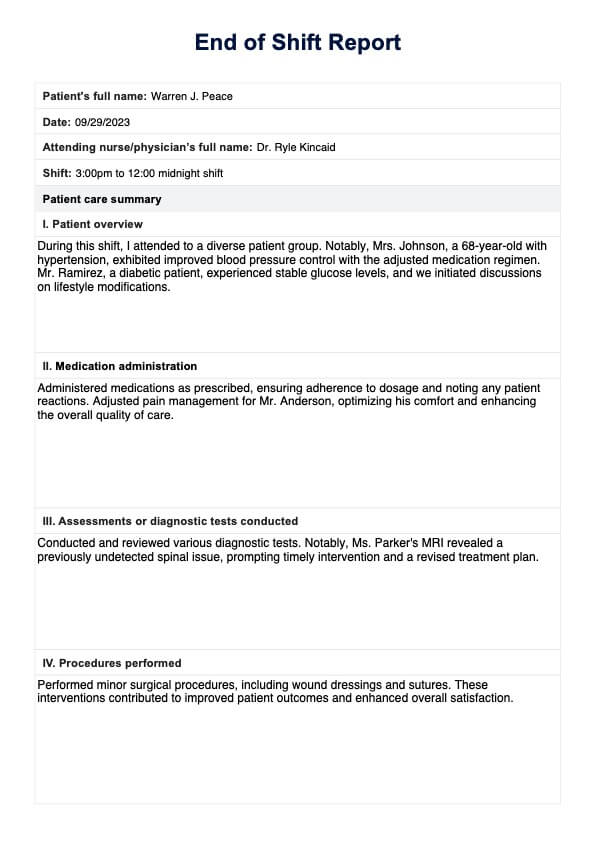

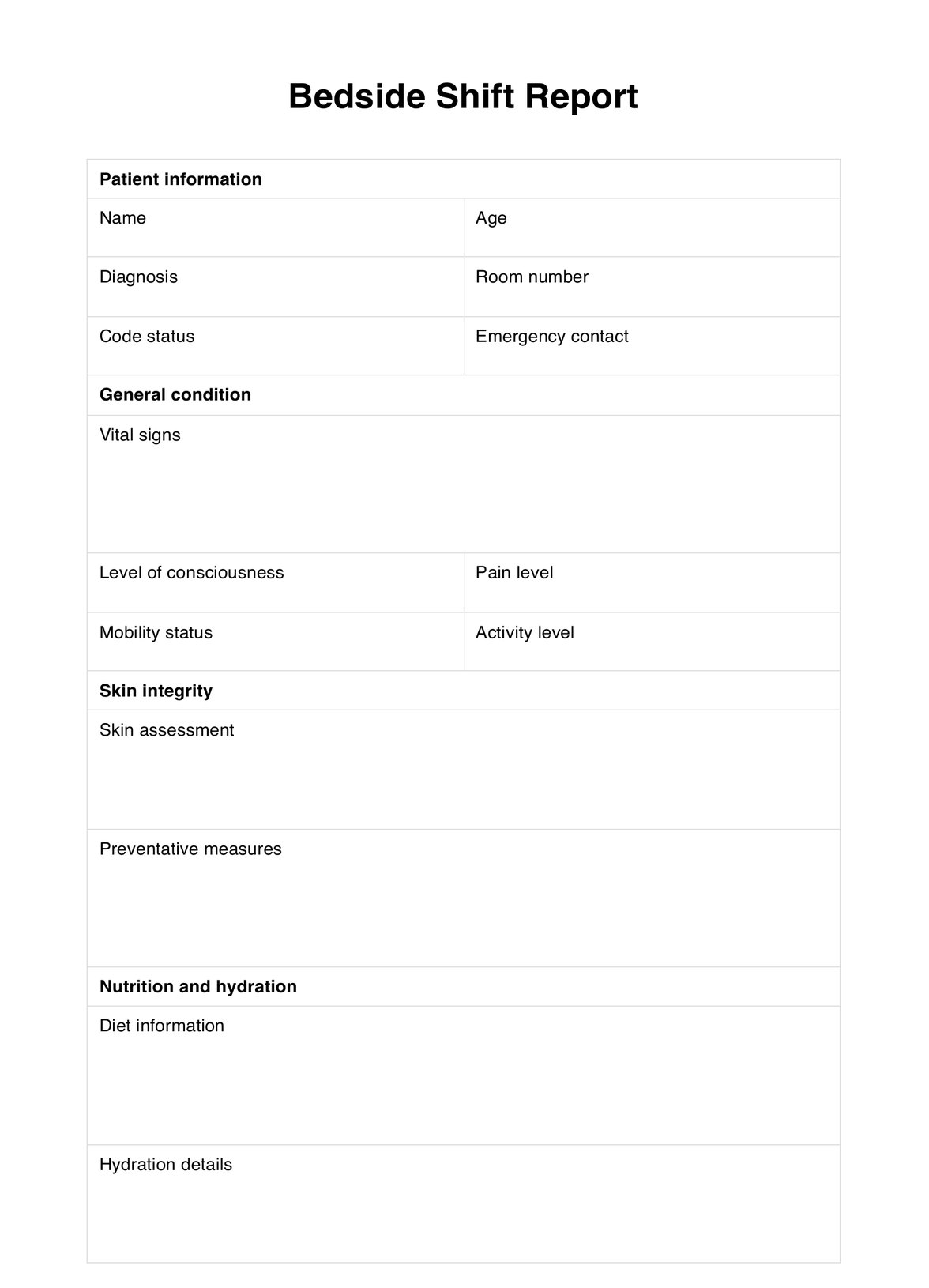




















-template.jpg)



